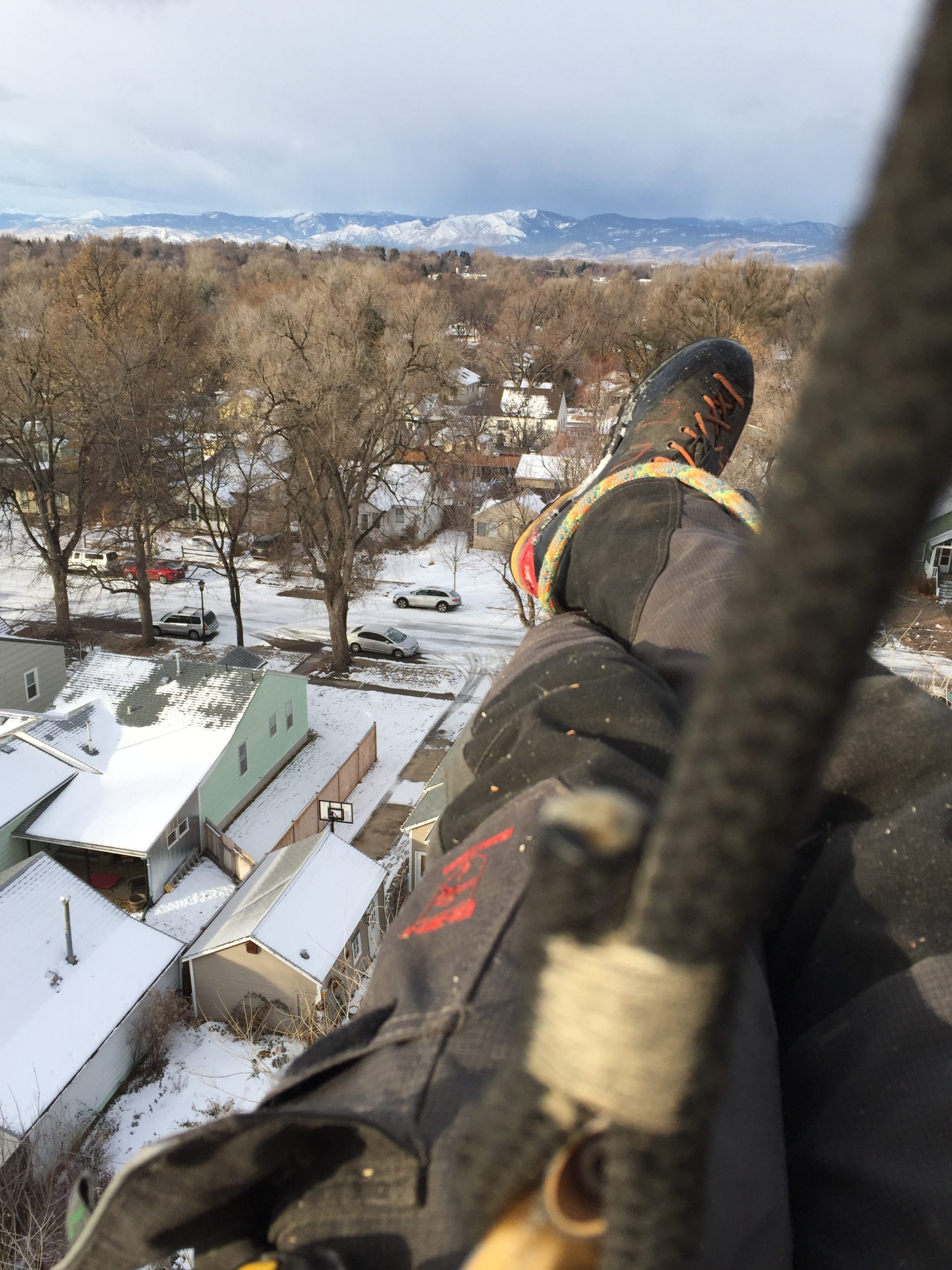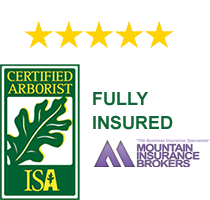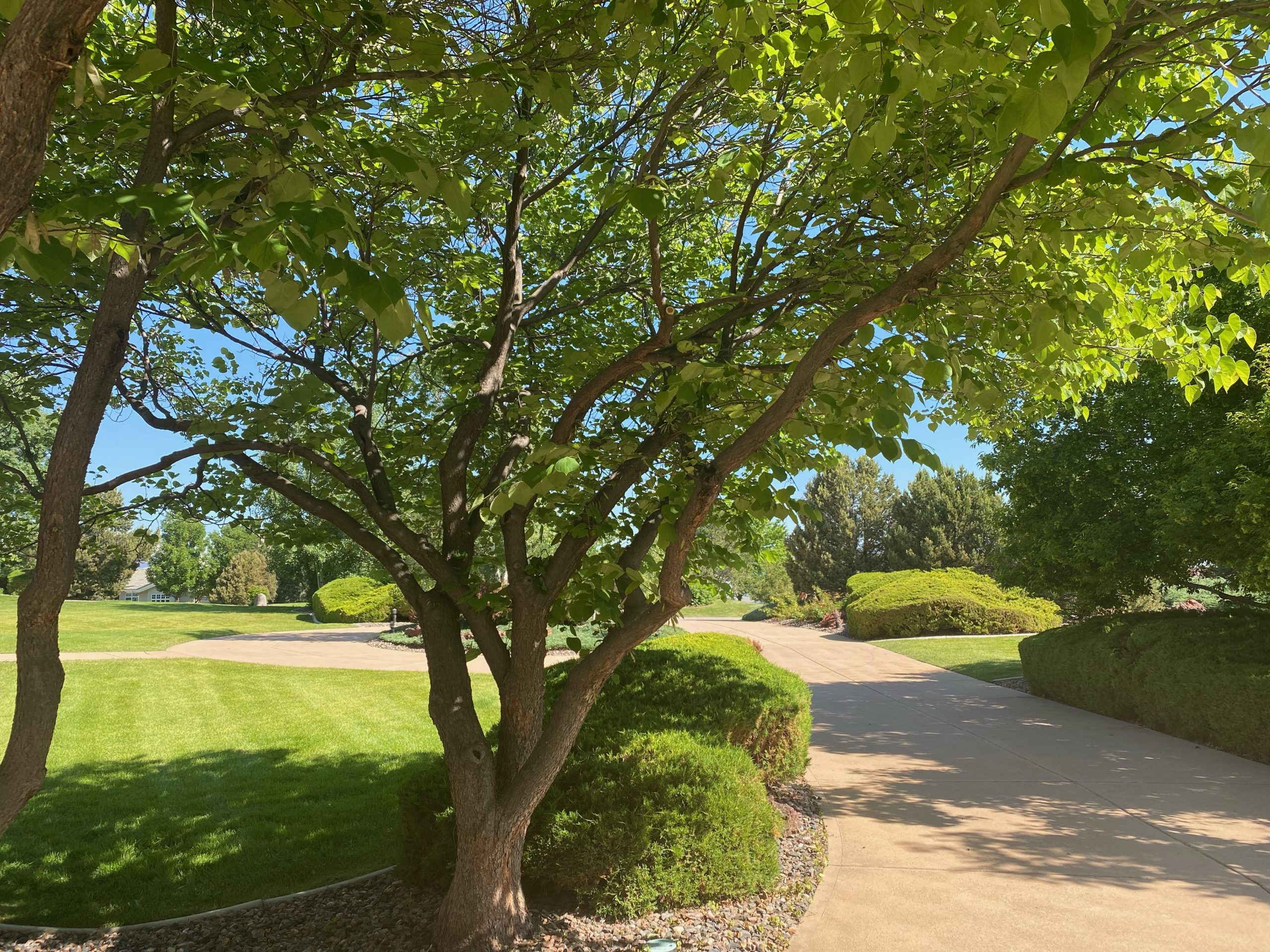
Tree Disease Diagnosis and Treatment
Tree health diagnosis and treatment begins with a comprehensive inspection of your landscape by one of our industry certified arborists. During a consultation, your arborist will be able to determine the overall health of the landscape, identify specific tree diseases, and recommend any needed tree services to preserve the vitality of your property. TLC’s experience with tree disease diagnosis, expertise, and state-of-the-art equipment enable us to quickly diagnose tree diseases and recommend specific treatments that will help you achieve optimal results.
Tree Disease Treatment
With on-staff professionals to assist with tree disease diagnosis, TLC Tree Expert has programs designed to maximize the health and beauty of your landscape needs, and takes into account the specific conditions of your home’s trees. Tree disease diagnosis and treatment is most effective when the type of tree, disease characteristics, and your personal preferences are all taken into account.
Foliar tree disease treatments are designed to protect your valuable evergreen and deciduous ornamentals from damage due to foliar tree diseases. Most of these are caused by fungi that are prevalent during spring when the weather is rainy. Treatments provide a protective barrier on the leaf or needle surface that will prevent the germination and growth of spores that cause tree diseases.
Common Tree Diseases
There are specific fungal infections, as well as insect and mite activity that commonly affect orchard trees and which may impact the production of edible fruit. TLC’s fruit tree disease treatments are on a protocol developed by several leading universities, utilizing the minimum number of treatments required to facilitate a productive harvest.
Sycamore Anthracnose is a common tree disease that results in extensive defoliation, shoot dieback, and twig death of your sycamore trees especially when extended periods of wet weather occur in the spring. It is very difficult to control through conventional disease treatments so TLC uses a macro infusion system that will prevent infection of your sycamore specimens for two years. Other common tree diseases include dogwood anthracnose, apple scab and cedar apple rust.
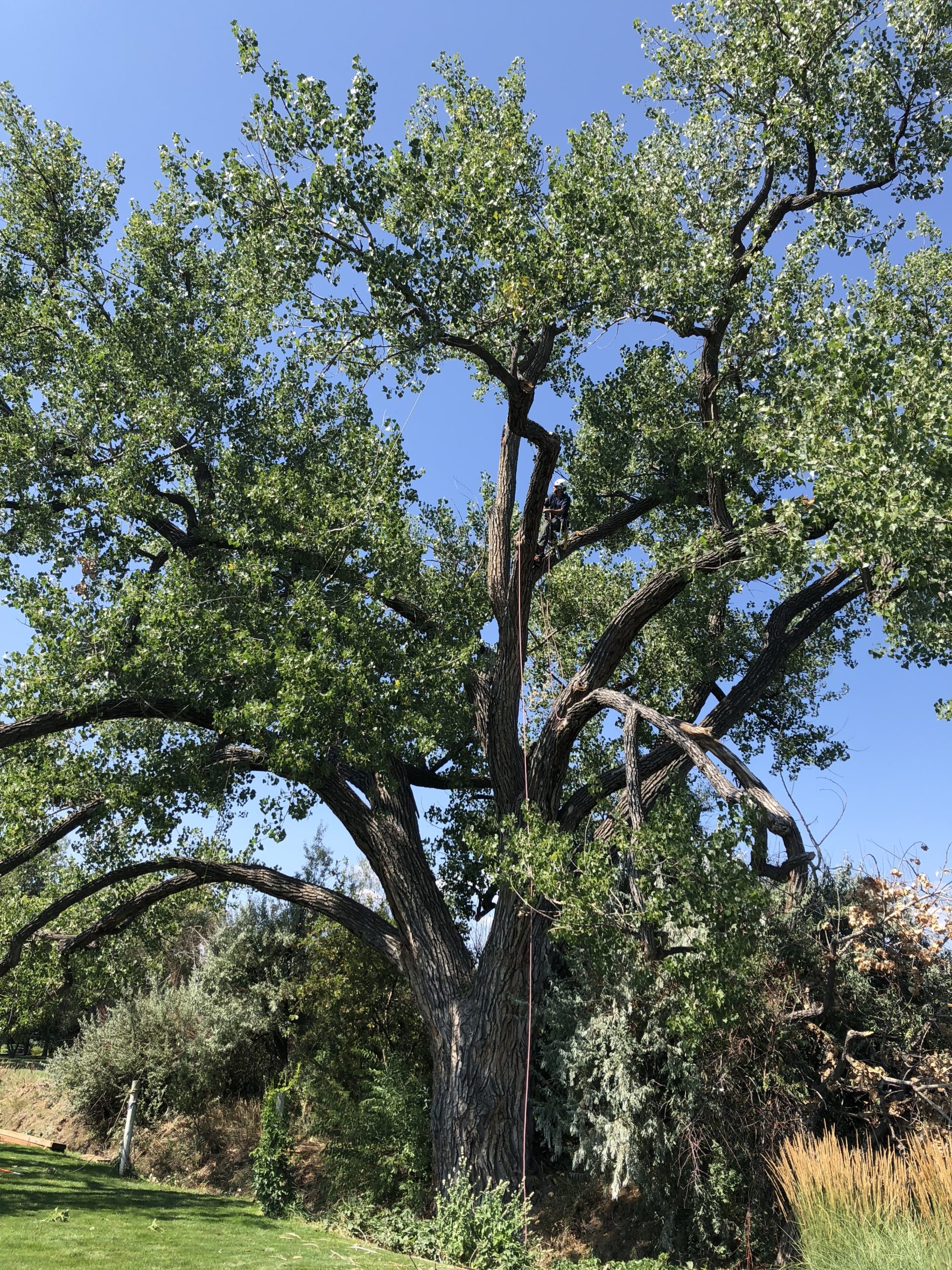
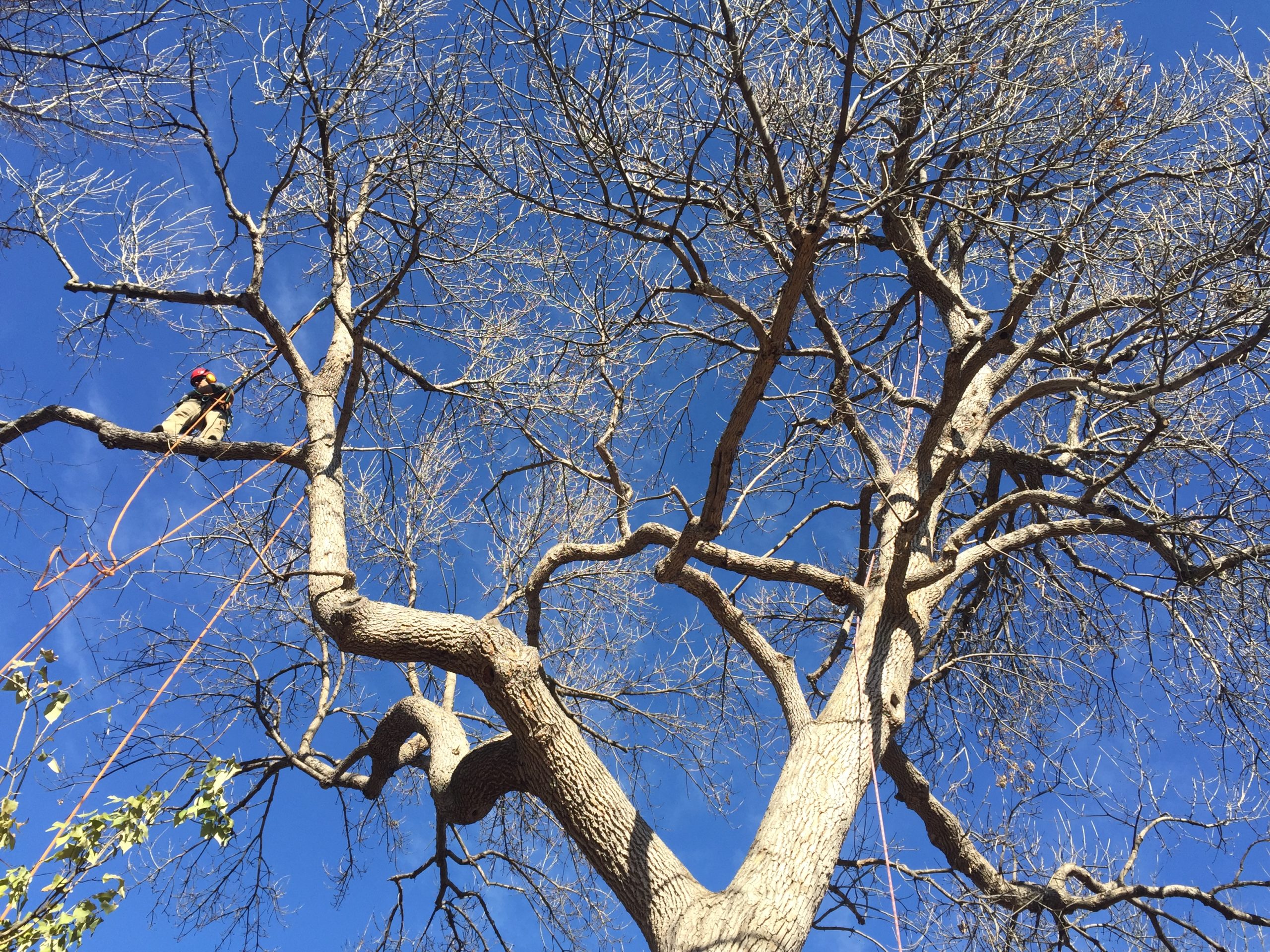
Dry Conditions
Colorado is a high desert and is known for dry air, low precipitation and low soil moisture content. This combined with the constantly changing temperatures are characteristics of fall and winter here, and these contribute to the dry conditions. In Boulder, the surrounding foothills, and in the plains to the East, there is often little to no snow cover to provide soil moisture from October through March. This leaves trees, shrubs, perennials, and lawns vulnerable. Under these conditions, plant life may be damaged if they do not receive supplemental water, thus the need for winter watering.
The result of these long, dry periods during Fall and Winter can be injury or death to parts of plant root systems. Plants may appear perfectly normal and resume growth in the spring using stored food energy, but some plants can be weakened and all or parts of them may die in late spring or summer when temperatures rise and their root systems have been compromised. Weakened plants are also vulnerable to insect and disease problems that can spread to other healthy plants and trees.
Temperatures
Winter watering may only be done when air temperatures are above 40 degrees F. Fortunately, there are more than enough days that meet these conditions for our Boulder tree service. We make sure to water during the height of the day so the water will have time to soak into the ground before possible freezing temperatures at night.
Evergreen trees and shrubs will suffer the most as they can still transpire moisture through their needles/leaves, unlike a deciduous tree or shrub that has lost all of its leaves. Even though the ground may be frozen they can still dry out. To prevent this, it is important to mist their needles two to three times per month. Try to imitate a slow soaking rain and move back and forth many times to really soak them. Only water the soil if the ground is not frozen. A deep root “Watering Spike” is best to use for this application.
Newly planted trees are especially susceptible to winter drought injury. Take special care with trees that have less than a two-inch diameter trunk. Planting trees can be expensive so protecting your investment can save you money.
